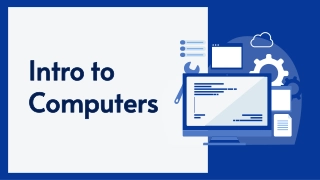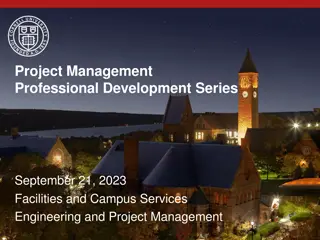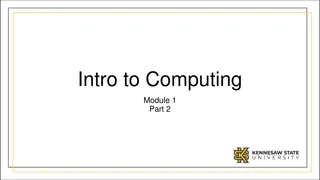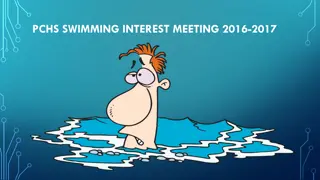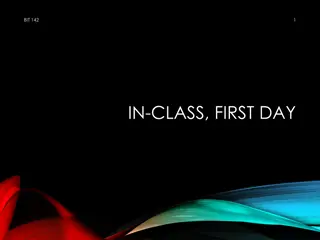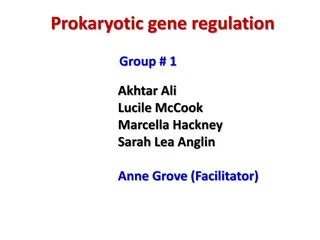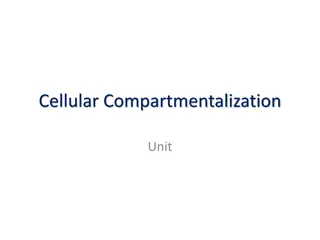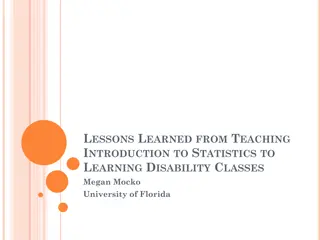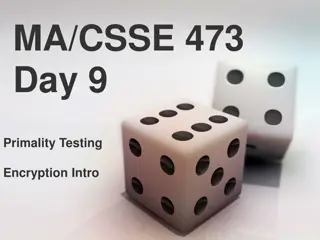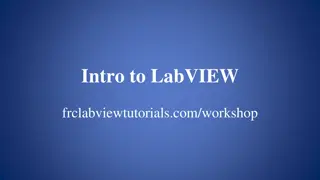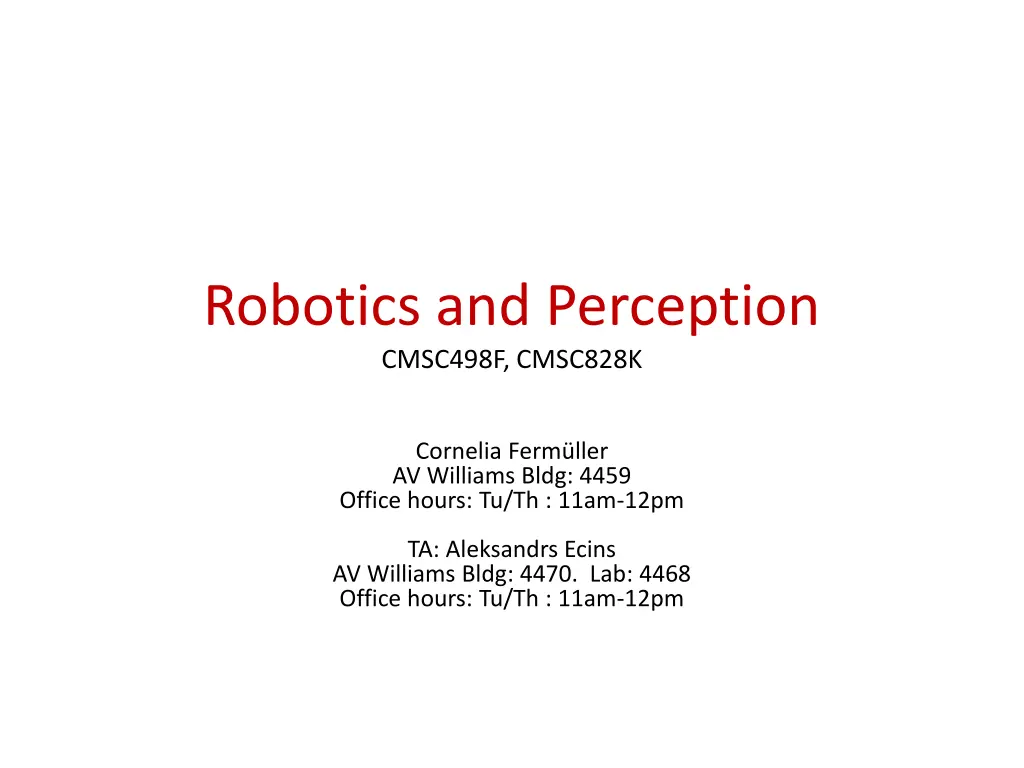
Robotics and Perception: Course Information, Resources, and Origins
Explore the world of robotics and perception through a course overview, recommended books, grading logistics, historical origins, common robot types, autonomous robots, and the various aspects involved in robotics. Learn about mechanical robots, field and service robots, decision-making autonomy, and the components of robotics such as mechanics, sensors, control, planning, AI, and HCI.
Download Presentation

Please find below an Image/Link to download the presentation.
The content on the website is provided AS IS for your information and personal use only. It may not be sold, licensed, or shared on other websites without obtaining consent from the author. If you encounter any issues during the download, it is possible that the publisher has removed the file from their server.
You are allowed to download the files provided on this website for personal or commercial use, subject to the condition that they are used lawfully. All files are the property of their respective owners.
The content on the website is provided AS IS for your information and personal use only. It may not be sold, licensed, or shared on other websites without obtaining consent from the author.
E N D
Presentation Transcript
Robotics and Perception CMSC498F, CMSC828K Cornelia Ferm ller AV Williams Bldg: 4459 Office hours: Tu/Th : 11am-12pm TA: Aleksandrs Ecins AV Williams Bldg: 4470. Lab: 4468 Office hours: Tu/Th : 11am-12pm
Books and Resources Textbook: R. Siegwart I. Nourbakhsh, and D. Scaramuzza: Autonomous Mobile Robots, Second Edition, MIT Press, 2011, First Edition: http://www.mobilerobots.org Peter Corke: Robotics, Vision and Control, Fundamental Algorithms in Matlab: http://link.springer.com/book/10.1007%2F978-3-642-20144-8 Recommended books: S. Thrun, W. Burghart, D. Fox: Probabilistic Robotics, http://robots.stanford.edu/probabilistic-robotics/ Online Resources : Robot Systems Programming Course at JHU Introduction to Autonomous Robotics by N. Correll Planning Algorithms by S. LaValle
Logistics Grading: Homeworks and Projects: 65% Exam: 35 % Mid-term: March 10
Origins Term Robot due to Czech science fiction play Rossum s Universal Robots by Karel apek, 1921. (Czeck word for slave) , mechanical men on assembly line Isaac Asimov : Russian born Science fiction writer, 1942 positive story Runabaout , helpful servers. 3 Laws: Law One A robot may not injure a human being or, through inaction, allow a human being to come to harm. Law Two A robot must obey the orders given it by human beings except where such orders would conflict with the First Law. Law Three A robot must protect its own existence as long as such protection does not conflict with the First or Second Law.
Common Robots Manufacturing: typical manipulators, high speed and precision Field and service Robots: Challenges: 1.) move in complex and cluttered environments 2.) operate safely in the presence of people Google s self driving car Mars Rover Hospital delivery robot
Autonomous Robots Robots making decision in response to their environment vs. being preprogrammed (like Unimate) George C. Devol 1961 Joseph F. Engelberger
Robotics involves Mechanics Sensors: (propriocepetive, GPS, active depth sensor such as laser or Vision) Control Signal processing Planning Artificial Intelligence Human Computer Interaction
Examples Mechanical: Boston Dynamics: Cheeta : http://www.bostondynamics.com/robot_cheetah.html SandFlea: http://www.bostondynamics.com/robot_sandflea.html Control: Panning and Control for heterogeneous quadroptors https://www.youtube.com/watch?v=TVrxvqYlCDs Computation: Bin Picking Robot from Mitsubishi https://www.youtube.com/watch?v=G6o-ZHlbWow Robot Human Interaction Robot mimics social expressions: https://www.youtube.com/watch?v=dVsgJf8Kgi8 Robovie Claiming Responsibility: http://depts.washington.edu/hints/video2b.shtml
Topics 1. Introduction 2. Rigid Body Motion 3. Mobile Robot Kinematics 4. Mobile Robot Control 5. Path Planning 6. Sensors 7. Mobile Robot Localization and Mapping 8. Vision: visual features for recognition, attention, segmentation 9. RGB-D processing: mapping, aligning, 3D model building 10. Robot Arm Kinematics 11. Grasping 12. Visual Sevoing
Projects 1. Kinematics and Control: control of differential drive robot in simulation and with the platform 2. Path planning in a map: potential field based control 3. Localization (AMCL localization) 4. Images: attention + segmentation: find objects 5. 3D object descriptions using point clouds and picking up objects
Autonomous Navigation Involves Key Questions Where am I ? Where am I going ? How do I get there ? To answer these questions the robot has to have a model of the environment (given or autonomously built) perceive and analyze the environment find its position within the environment plan and execute the movement
Control Scheme for Mobile Robot Systems from R. Siegwart
Automatic Guided Vehicles Newest generation of Automatic Guided Vehicle of VOLVO used to transport motor blocks from on assembly station to an other. It is guided by an electrical wire installed in the floor but it is also able to leave the wire to avoid obstacles. There are over 4000 AGV only at VOLVO s plants.
BR700 Cleaning Robot BR 700 cleaning robot developed and sold by K rcher Inc., Germany. Its navigation system is based on a very sophisticated sonar system and a gyro. http://www.kaercher.de 1 1 - Introduction 15
ROV Tiburon Underwater Robot Picture of robot ROV Tiburon for underwater archaeology (teleoperated)- used by MBARI for deep-sea research, this UAV provides autonomous hovering capabilities for the human operator.
The Pioneer Picture of Pioneer, the teleoperated robot that is supposed to explore the Sarcophagus at Chernobyl
Forester Robot Pulstech developed the first industrial like walking robot. It is designed moving wood out of the forest. The leg coordination is automated, but navigation is still done by the human operator on the robot. http://www.plustech.fi/
Sojourner, First Robot on Mars The mobile robot Sojourner was used during the Pathfinder mission to explore the mars in summer 1997. It was nearly fully teleoperated from earth. However, some on board sensors allowed for obstacle detection. http://ranier.oact.hq.n asa.gov/telerobotics_p age/telerobotics.shtm 1 - Introduction
The Honda Walking Robot http://www.honda.co.jp/tech/other/robot.html
Manipulation Planning the arm trajectory Visual Recognition and Recognition from Depth data Reconstruction (Position, Pose and Shape of Object) Vision based Servo Control (still research)
Our hardware and software Turtlebots Phantom Pincher Arm Kits Baxter ROS : http://wiki.ros.org/ROS/Introduction Turlebot: http://wiki.ros.org/Robots/TurtleBot
Cognitive Robotics (Results from the ARC lab) UMD s robot that learns to make a drink by watching people : https://www.youtube.com/watch?v=t- qEV6hTxFw&feature=youtu.be A robot that learns to cook by watching youtube videos: https://youtu.be/0cCFfFNyU3w The visual processes of action recognition: https://youtu.be/Kf68Y-dwZxw


